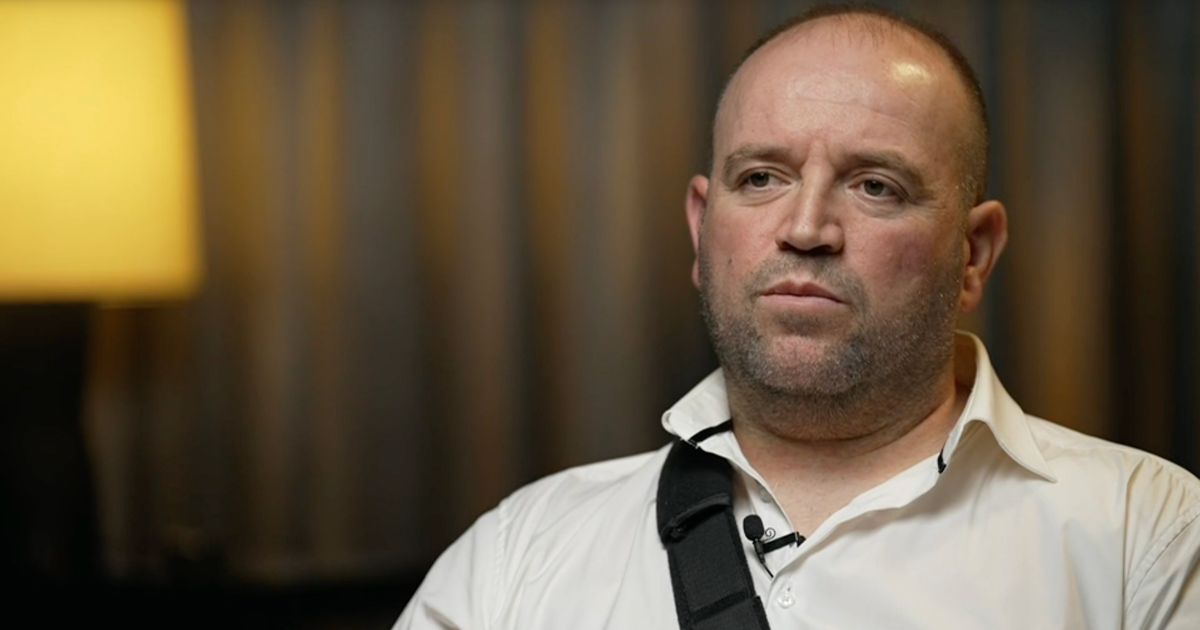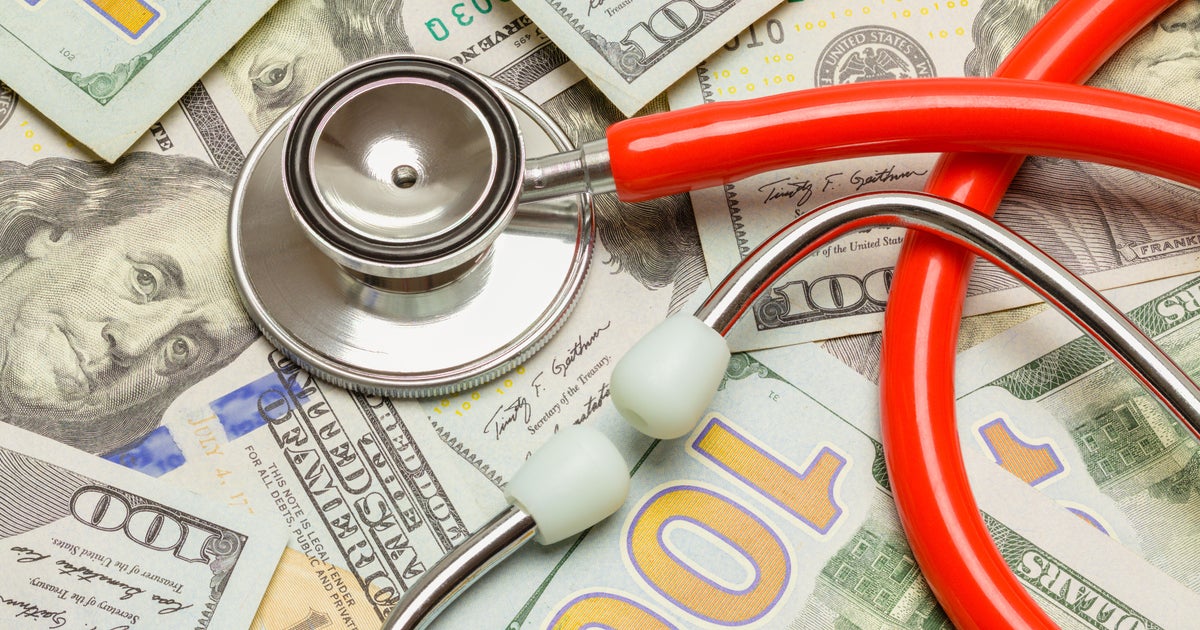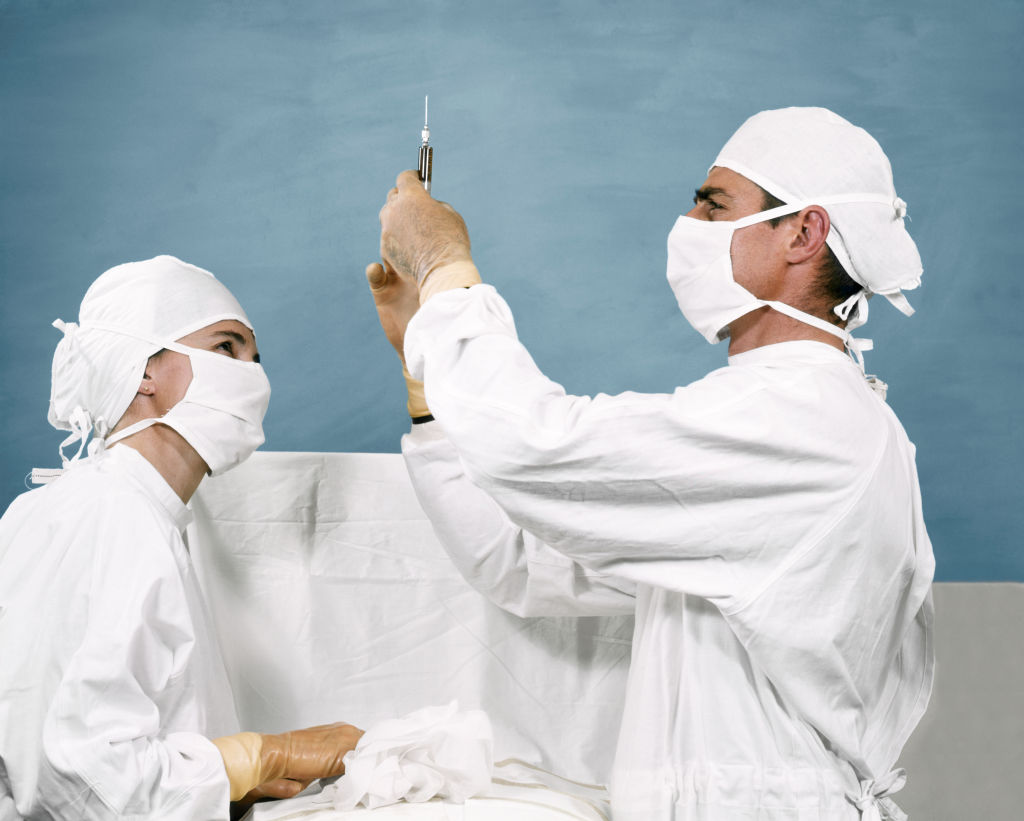Lung cancer screenings save lives but are unfamiliar to most. Doctor explains what to know.
Lung cancer claims the lives of about 370 Americans every day, but the majority of people are unfamiliar with life-saving screenings available for the disease.
According to the American Lung Association, only 38% of those surveyed were aware of that lung cancer screening is available for those at high risk. Even less, 28%, knew lung cancer is the leading cause of cancer deaths in the U.S.
On "CBS Mornings" Thursday, Dr. Céline Gounder, CBS News medical contributor and editor-at-large for public health at KFF Health News, said this needs to change.
"People just need to be made aware that this is an option," she said, saying screenings has become more accessible over the past decade. "This should be covered by your insurance, because it is a recommendation for preventive health care. So talk to your doctor if you think you fall into the high risk category."
Here's what else to know about risk factors for lung cancer and getting screened:
What are current lung cancer screening recommendations?
The latest lung cancer screening guidelines from the American Cancer Society recommends yearly lung cancer screenings for people aged 50 to 80 years old who smoke or formerly smoked and have a 20-year or greater pack-year history.
"When we talk about pack years, you multiply the average number of packs per day times number of years you smoke," Gounder said. "So say one pack per day times 20 years, or two packs per day times 10 years — that gets you to 20 pack years."
What does a lung cancer screening involve?
Screenings involve getting CT scans of the lungs to assess for cancer, Gounder said.
While lying down, you're rolled back and forth a couple times through a "donut-shaped machine," which captures 3D X-rays of your lungs, she said.
The scan is a "pretty quick procedure, under 10 minutes, but it's something that is really underutilized in people who are high risk (and) who should really be screened," she said.
Risk factors for lung cancer beyond smoking
If you thinking smoking is the only way to get lung cancer, think again.
Gounder said other risk factors include:
- Asbestos exposure on the job
- Radon
- Cooking and other smoke, which Gounder said is one that's "really under appreciated."
- Wildfire smoke and other kinds of air pollution, which is "an increasing risk factor," she said.





